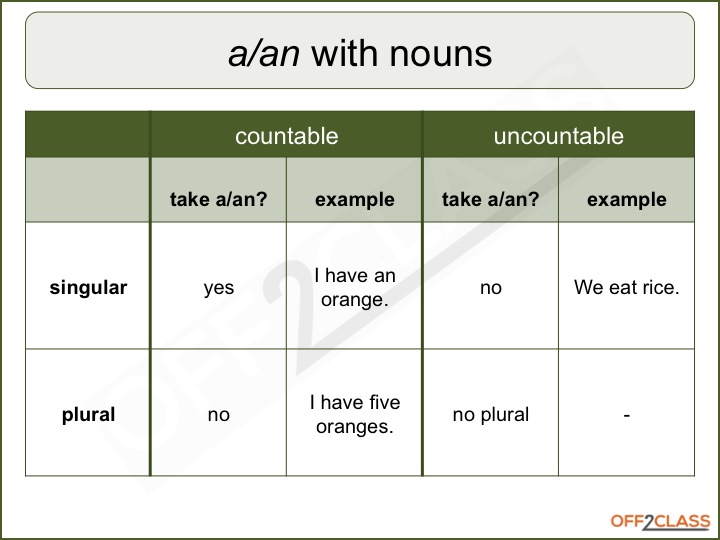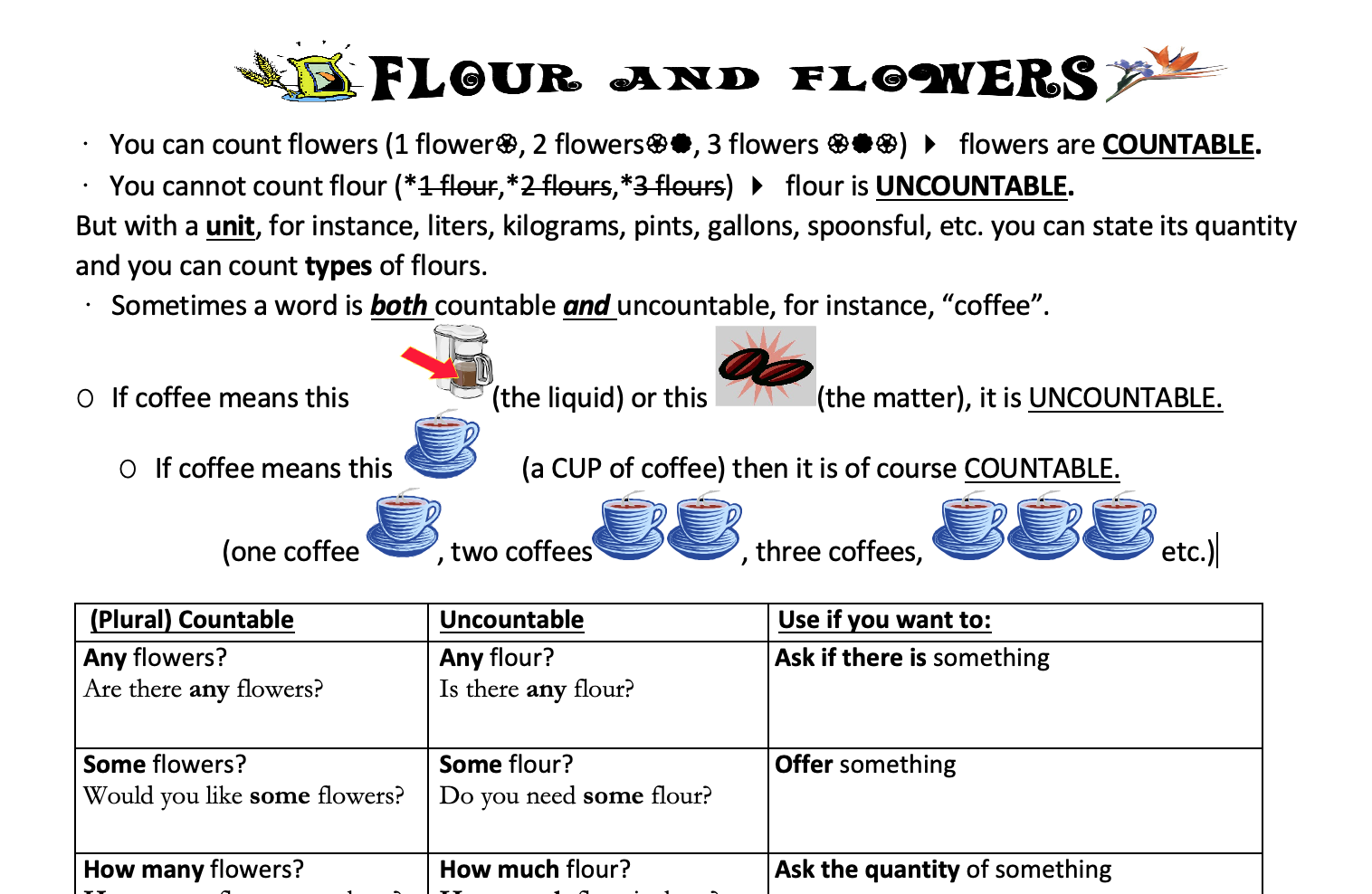
Personal Statements for Graduate School Applications. Online Resources for Improving Word Choice and Grammar. Writing Personal Statements for Health Professions. Writing a Scientific Research Report (IMRaD). Word Order in Statements with Embedded Questions. 
When to Summarize, Paraphrase, and Quote.Using Reduced Relative Clauses to Write Concisely.The Three Common Tenses Used in Academic Writing.Strategies for Reading Academic Articles.Sending Email to Faculty and Administrators.Searching for Sources on the Mason Library Databases.Same Form, but Different Functions: Various Meanings of Verb+ing and Verb+ed.Reducing Informality in Academic Writing.

 Quotation, Paraphrase, Summary, and Analysis. Online Resources for Improving Grammar and Word Choice in Writing. Introductions and Conclusions for Humanities Papers. Conclusion Sections in Scientific Research Reports (IMRaD). Introduction Sections in Scientific Research Reports (IMRaD). Improving Cohesion: The "Known/New Contract". Hedges: Softening Claims in Academic Writing. Guidelines for Posting to Discussion Boards. Common Writing Terms and Concepts Defined. Combining Clauses to Avoid Comma Splices, Run-ons, and Fragments. Choosing Between Infinitive and Gerund: “To do” or “doing”?. Advice on Setting Up and Working with a Writing Group. These fun filled activities give your students a chance to practice this unusual structure while having a good time in your classroom. Though some students will find noncount nouns easy to remember, for most ESL students noncount nouns are trouble. Listen to students as they present their objects and correct any errors you hear. If you are careful to choose at least one count noun and one noncount noun, your students will have to determine whether to use a or some in their dialogue. You will have three objects travelling around the circle at the same time, and students will need to pay attention to what they are giving and receiving. While this object is moving around the circle, give two other students additional objects and have them present them to their neighbors in the circle. Play continues around the circle until the object is back to the first person. The first student then passes the object to the second student, and that person follows the same pattern as he introduces the item to the next person in the circle. Their conversation should follow the following pattern. That student should then present that item to the student next to him. Give one student an object (a pencil, for example). Play this classic youth group game with your ESL students to practice the difference between a and some in English. For example, if someone says I am bringing a juice, you should remind him or her to say a bottle of juice. Play continues around the circle until it has reached you once again, and you face the big challenge of remembering what everyone is bringing on the picnic! As play moves around the circle, be sure to correct your students if they make an error with count and noncount nouns. The third person in the circle chooses a food item and repeats the other two. The student to your left continues, “ I’m going on a picnic and I’m bringing a…” He then chooses his food item and repeats your food item. Then start the game by saying, “ I’m going on a picnic, and I’m bringing a _” filling in the blank with a food item, either count or noncount. Playing this game will challenge your students’ memories while also reviewing count and noncount nouns. Rice, milk, coffee, jelly and peanut butter are just a few of the noncount nouns one might find at a picnic.
Quotation, Paraphrase, Summary, and Analysis. Online Resources for Improving Grammar and Word Choice in Writing. Introductions and Conclusions for Humanities Papers. Conclusion Sections in Scientific Research Reports (IMRaD). Introduction Sections in Scientific Research Reports (IMRaD). Improving Cohesion: The "Known/New Contract". Hedges: Softening Claims in Academic Writing. Guidelines for Posting to Discussion Boards. Common Writing Terms and Concepts Defined. Combining Clauses to Avoid Comma Splices, Run-ons, and Fragments. Choosing Between Infinitive and Gerund: “To do” or “doing”?. Advice on Setting Up and Working with a Writing Group. These fun filled activities give your students a chance to practice this unusual structure while having a good time in your classroom. Though some students will find noncount nouns easy to remember, for most ESL students noncount nouns are trouble. Listen to students as they present their objects and correct any errors you hear. If you are careful to choose at least one count noun and one noncount noun, your students will have to determine whether to use a or some in their dialogue. You will have three objects travelling around the circle at the same time, and students will need to pay attention to what they are giving and receiving. While this object is moving around the circle, give two other students additional objects and have them present them to their neighbors in the circle. Play continues around the circle until the object is back to the first person. The first student then passes the object to the second student, and that person follows the same pattern as he introduces the item to the next person in the circle. Their conversation should follow the following pattern. That student should then present that item to the student next to him. Give one student an object (a pencil, for example). Play this classic youth group game with your ESL students to practice the difference between a and some in English. For example, if someone says I am bringing a juice, you should remind him or her to say a bottle of juice. Play continues around the circle until it has reached you once again, and you face the big challenge of remembering what everyone is bringing on the picnic! As play moves around the circle, be sure to correct your students if they make an error with count and noncount nouns. The third person in the circle chooses a food item and repeats the other two. The student to your left continues, “ I’m going on a picnic and I’m bringing a…” He then chooses his food item and repeats your food item. Then start the game by saying, “ I’m going on a picnic, and I’m bringing a _” filling in the blank with a food item, either count or noncount. Playing this game will challenge your students’ memories while also reviewing count and noncount nouns. Rice, milk, coffee, jelly and peanut butter are just a few of the noncount nouns one might find at a picnic. 
When you are teaching noncount nouns, you will find that many of them fall into the category of food.








 0 kommentar(er)
0 kommentar(er)
